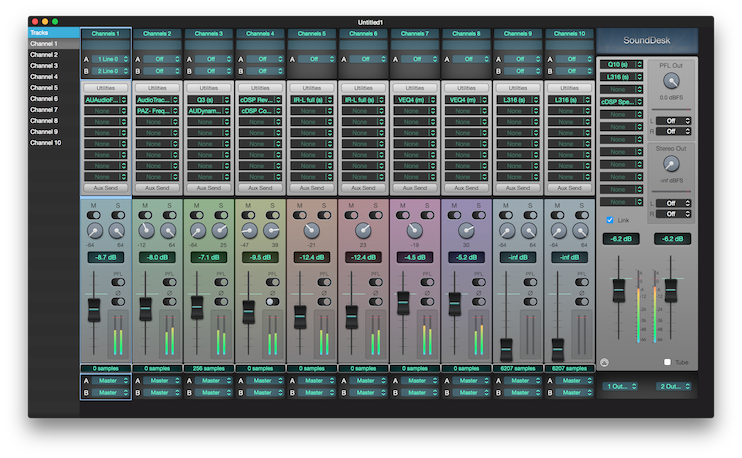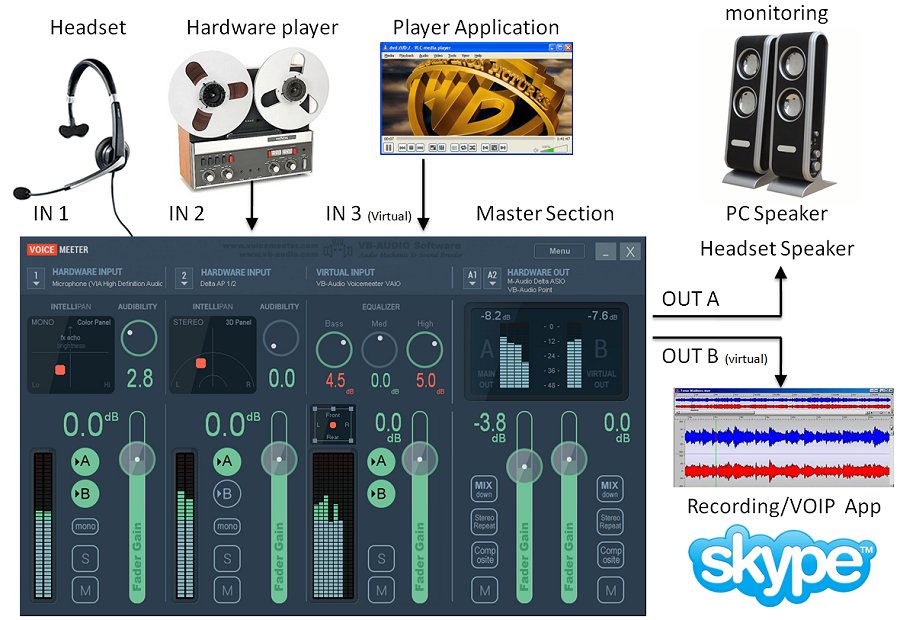
Use Stereo for 2-speaker setups, and Multichannel for surround sound setups. You can set that by clicking Configure Speakers, and then choosing Stereo or Multichannel. Higher is generally better, but don't bother to choose a setting that's beyond quality you can hear if it doesn't sound better to you, don't bump the sample rate up, and there's no point in wasting processor time on something that isn't giving you audio quality beyond what you can hear. Now use the Format pop-up menu to choose the sample rate you want. You can set the sample rate for audio output devices by first selecting the device from the left-side column, and then clicking the Output tab. I can set my audio sample rate to 44.1 kHz, 48 kHz, 88.2 kHz, or 96 kHz - but only from Audio MIDI Setup.Īudio MIDI Setup lets you control sample rates for your speakers and mics It's a 24-bit digital-to-analog converter that gives me much better audio than my Mac's built-in audio chip can manage.

My MacBook Pro, for example, has the usual built-in speakers for output, but I also have Audioengine's D3 DAC connected to a USB port. Once launched, you can choose any audio input or output available and make adjustments that go beyond the basic features in the Sound Preference Pane.

You can find the Audio MIDI Setup app tucked away in Applications > Utilities.

Mac audio input mixer mac#
Even though Audio MIDI Setup may sound intimidating, it's loaded with controls that go far beyond what its name implies and can help you fine tune the audio quality your Mac pumps out. Your Mac's Sound Preference Pane is the go-to place for choosing audio inputs and outputs, but it isn't the only place you can go in OS X to manage your Mac's sounds.


 0 kommentar(er)
0 kommentar(er)
